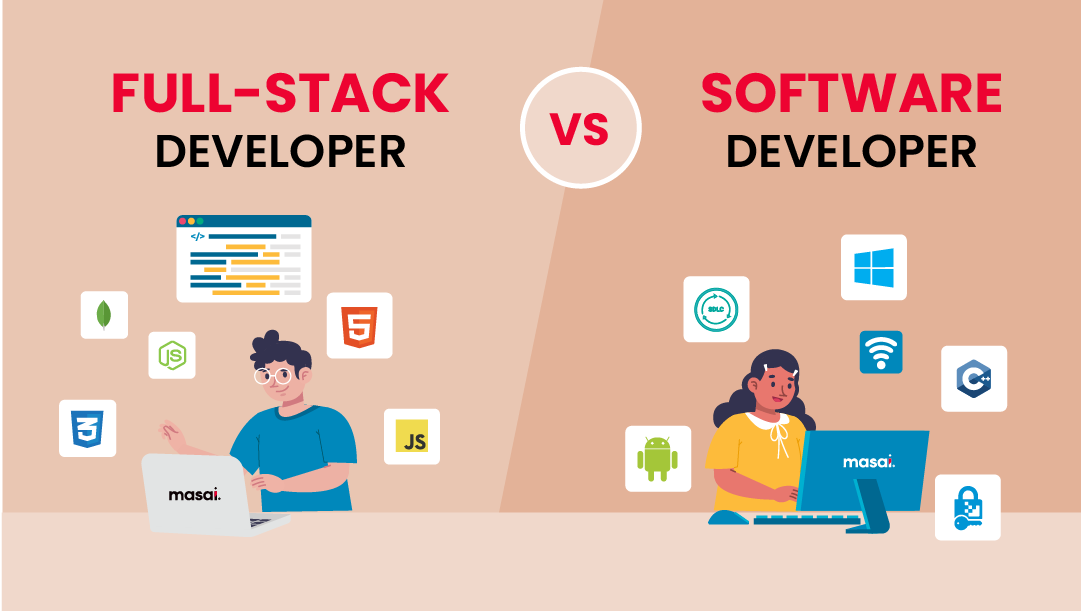Devoted Developers vs. In-House Teams: Which Is Right for You?
The choice in between utilizing committed designers and keeping an in-house group is a significant one that can impact the trajectory of your projects and general service technique. Committed developers supply a level of versatility and specific experience that can be advantageous for certain, short-term initiatives. Conversely, in-house teams add to a cohesive company culture and a nuanced understanding of long-lasting objectives. By analyzing critical factors such as budget, task range, and preferred control, you can much better determine which method lines up with your organizational requirements. Nonetheless, the ramifications of this selection expand past instant end results-- think about the broader effect on your organization landscape.
Understanding Dedicated Designers
The expanding need for specialized abilities in the tech market has actually brought about the introduction of devoted developers as a sensible option for many companies. These professionals are usually acquired on a task basis, allowing business to leverage details expertise without the lasting commitment associated with full time hires. Committed programmers are typically embedded within a customer's team, providing flexibility and scalability to fulfill job demands.
This version enables companies to access an international ability swimming pool, which is specifically helpful in a swiftly progressing technological landscape. Committed programmers can be sourced from numerous geographical locations, guaranteeing that companies can find the best ability at competitive rates. They commonly bring a wealth of experience and understanding, having actually worked with diverse tasks throughout various industries.
Additionally, specialized programmers can focus specifically on the jobs at hand, enhancing productivity and efficiency. They are outfitted to integrate effortlessly right into existing operations, working together carefully with internal teams to attain job objectives. This approach not only lowers the burden of recruitment and training but additionally allows companies to stay agile, adapting quickly to transforming market needs and technical improvements.
Benefits of In-House Teams

Additionally, in-house groups have a tendency to have a deeper understanding of the business's objective, worths, and goals. This placement can improve employee interaction and inspiration, as staff member feel extra attached to their job and the organization's success. In addition, having a devoted in-house team enables better placement of objectives and approaches, as these members are continually concentrated on the business's top priorities.
In-house groups additionally help with quicker decision-making procedures, as they can react more quickly to difficulties and adjustments. The well established partnerships and familiarity with company methods permit streamlined workflows and decreased miscommunication. Inevitably, the mix of a cohesive culture, positioning with business objectives, and efficient communication makes in-house teams a valuable possession for many organizations, particularly those looking to cultivate long-lasting growth and innovation.
Expense Factors To Consider
When examining price considerations, both in-house groups and committed developers existing unique monetary ramifications for companies. Engaging devoted programmers typically involves a pay-per-project or per hour rate model, which can be economical for organizations with changing task demands. This method permits adaptability in scaling sources up or down, making sure that business just spend for the services they require.
On the other hand, internal teams entail dealt with expenses, including salaries, advantages, and overhead expenditures such as workplace area and equipment. While this model provides better control and instant availability of resources, it may bring about higher long-term expenses, specifically if the workload does not warrant a full time personnel.
Furthermore, firms should think about the concealed expenses connected with employment and training of in-house workers, which can better stress spending plans. In some situations, the time and sources invested in handling an in-house team can diminish the company's core company goals.

Task Monitoring and Adaptability
Task administration and adaptability are essential variables that influence the option in between specialized designers and in-house groups. Dedicated developers generally provide a high degree of flexibility, allowing companies to range sources up or down based on project needs. This dexterity can be especially useful for services experiencing changing workloads or those looking for to introduce swiftly. Committed groups typically have developed find a software developer procedures for managing tasks efficiently, leveraging particular methodologies like Agile or Scrum, which promote repetitive progression and versatility.

Inevitably, the selection in between specialized programmers and internal teams rests on the desired level of versatility and the specific task monitoring requirements. Firms have to review their best software developer operational dynamics, task intricacy, and resource schedule to figure out which choice straightens finest with their strategic objectives.
Making the Right Selection
Selecting the ideal growth technique-- in-house teams or committed developers-- calls for a careful evaluation of different variables that straighten with a company's tactical goals. On the other hand, internal teams can offer much better connection and integration with existing workers.
Next, examine your budget plan. Committed developers typically provide an economical solution for short-term projects, while in-house groups might sustain greater lasting costs as a result of wages, advantages, and expenses prices. Evaluate the level of control and collaboration desired; internal teams generally foster stronger interaction and alignment with company society.
If prompt results are essential, specialized developers can be onboarded quickly, whereas constructing an internal team takes time for employment and training. If continual development is essential, investing in an internal team may produce much better returns over time.
Conclusion
To conclude, the choice in between in-house teams and specialized programmers hinges on project needs and organizational purposes. Committed programmers give adaptability and customized knowledge, making them appropriate for temporary initiatives. On the other hand, internal teams cultivate a cohesive culture and deeper alignment with lasting objectives. Mindful analysis of spending plan constraints, task timelines, and wanted control degrees is crucial for establishing one of the most suitable technique, ensuring alignment with strategic top priorities and functional efficiency.
The decision in between using dedicated developers and keeping an internal team is a substantial one that can influence the trajectory of your jobs and overall business method.Job management and flexibility are crucial factors that influence the selection between devoted designers and internal groups. offshore software development.In contrast, internal teams might stand out in keeping a constant task monitoring framework due go to this site to their experience with the organization's culture and long-term objectives. Committed designers often offer an affordable remedy for short-term jobs, while in-house teams might sustain greater lasting expenses due to incomes, advantages, and expenses expenses.In final thought, the choice between specialized programmers and in-house groups hinges on job needs and business goals